Theodore Gericault, the pioneer and embodiment of the romantic movement, had humble beginnings in the city of Rouen, France. Learning from French painter Carle Vernet, Gericault first studied the style of English sporting art, which is the painting of animals in the setting of popular sports of the century. He also gained influences from Peter Paul Rubens and even Michelangelo later on during his time in Florence and Rome.
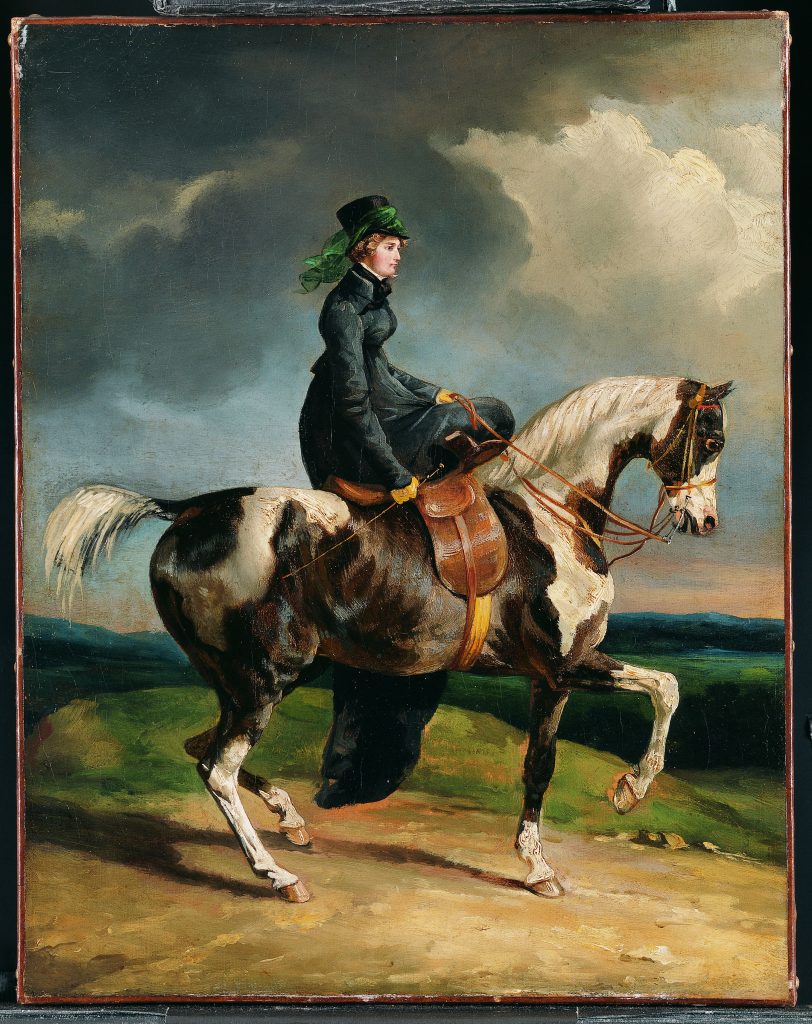
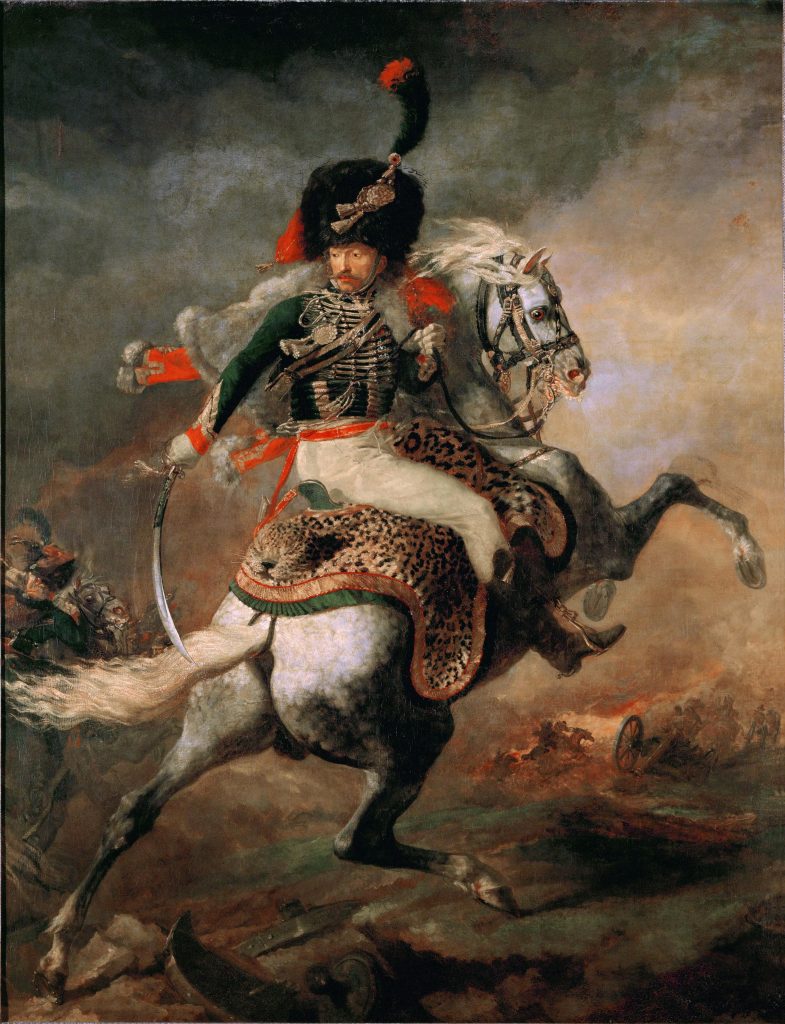
The Epitome of Romanticism
Gericault’s most defining work, The Raft of Medusa, captures a shameful and dark history of the French in the 19th century. This painting depicts the aftermath of an unqualified sailor who ran the Méduse, a French naval ship, aground. Escaping on lifeboats, the captain and the upper class left 147 people abandoned on a makeshift raft to drift in the open sea for 13 days. The desperate fight for survival resulted in violence, murder, and even cannibalism, with only 15 people remaining when the raft was found and rescued.
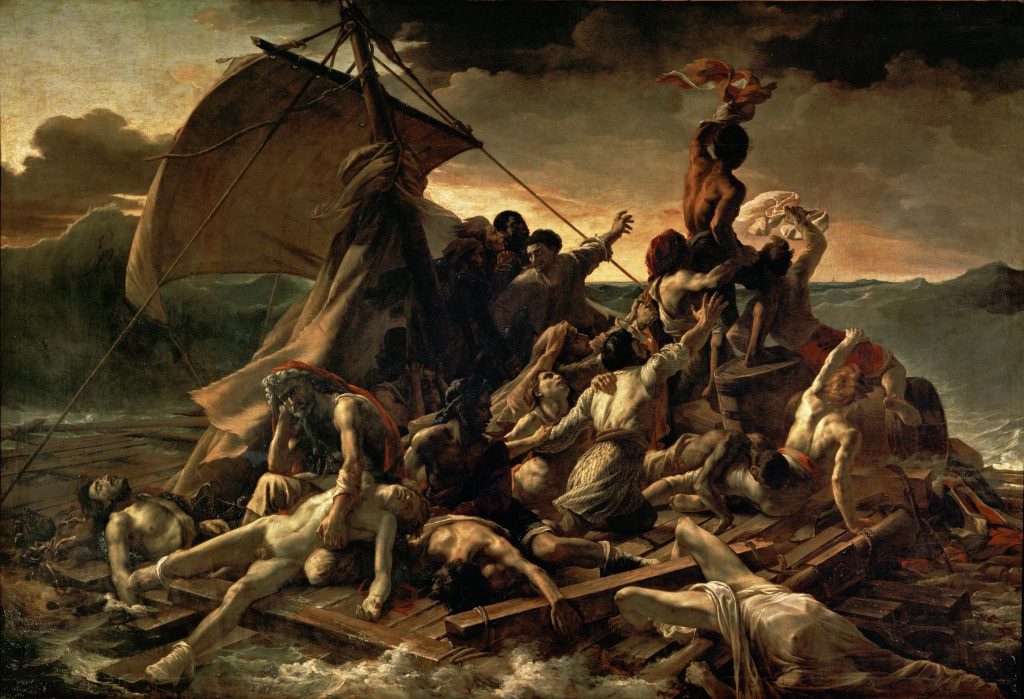
There are so many fascinating things to point out about this painting, but what stood out to me the most was the portrayal of the only black survivor, Jean Charles, as the saviour of the raft. This message of the unseen and overlooked becoming the hero was an extremely brave choice, as the French would not abolish slavery for another 30 years.
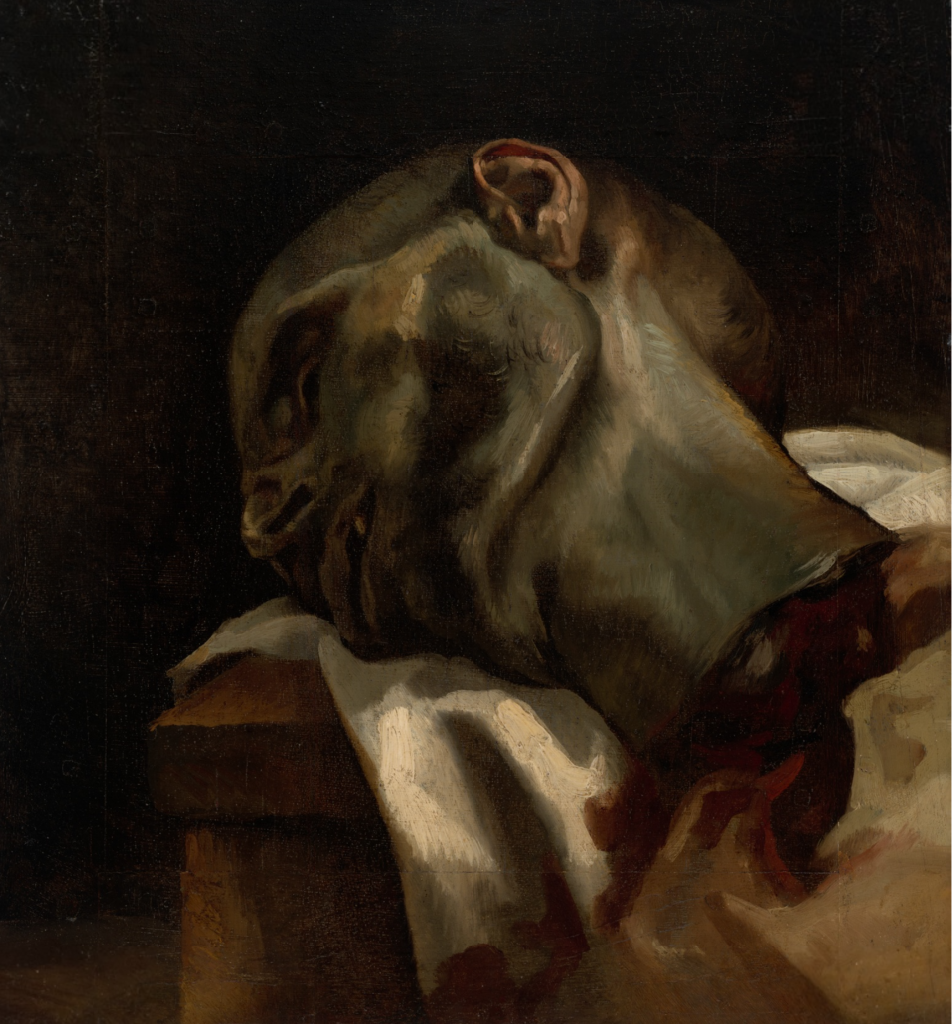
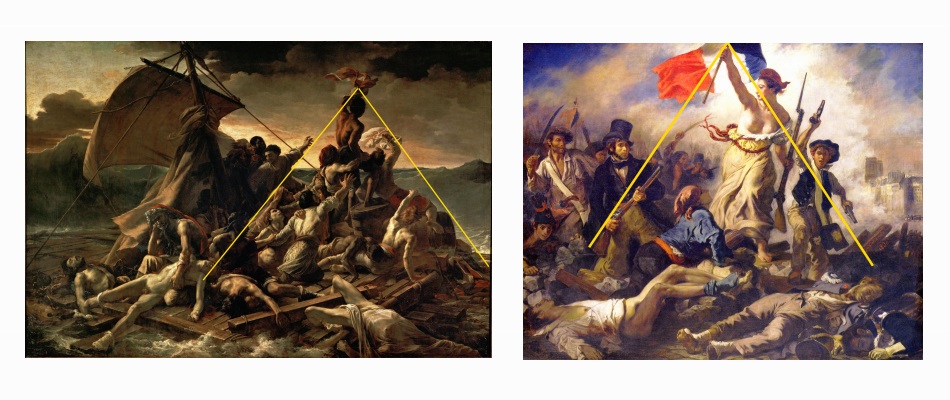
Later Life and Legacy
Despite the current success of the painting, The Raft of Medusa was heavily criticized and did not sell during its display at the Paris salon of 1819. His confusing love life, reoccurring mental illness, and dissatisfaction with his achievements led to an unfortunate death at the early age of 32. One can only wonder if Gericault would finally be content with his accomplishments if he had only seen his painting bought and displayed by the Louvre, eventually becoming the painting only second in popularity to the Mona Lisa.
Sources
https://www.britannica.com/biography/Theodore-Gericault
https://en.wikipedia.org/wiki/Théodore_Géricault
https://en.wikipedia.org/wiki/The_Charging_Chasseur
https://www.youtube.com/watch?v=yUq9qMm9NtI&t=251s
https://www.metmuseum.org/art/collection/search/438113
https://eclecticlight.co/2016/03/14/the-story-in-paintings-gericaults-raft-of-the-medusa/

Samantha,
Wow, a great piece on Gericault! You have solid research and your personal thoughts and insights to his work is exemplary! Very well written and a pleasure to read. I like the comparison to Delacroix’s Liberty Leading the People, good insight there! Also something I read many years ago is that initially Gericault had the distant ship they are trying to signal much closer and in full view but he later changed it to enhance the futility of the horrendous scene. I’m giving you a 2/2 on your first two posts. Well Done!
Jeff